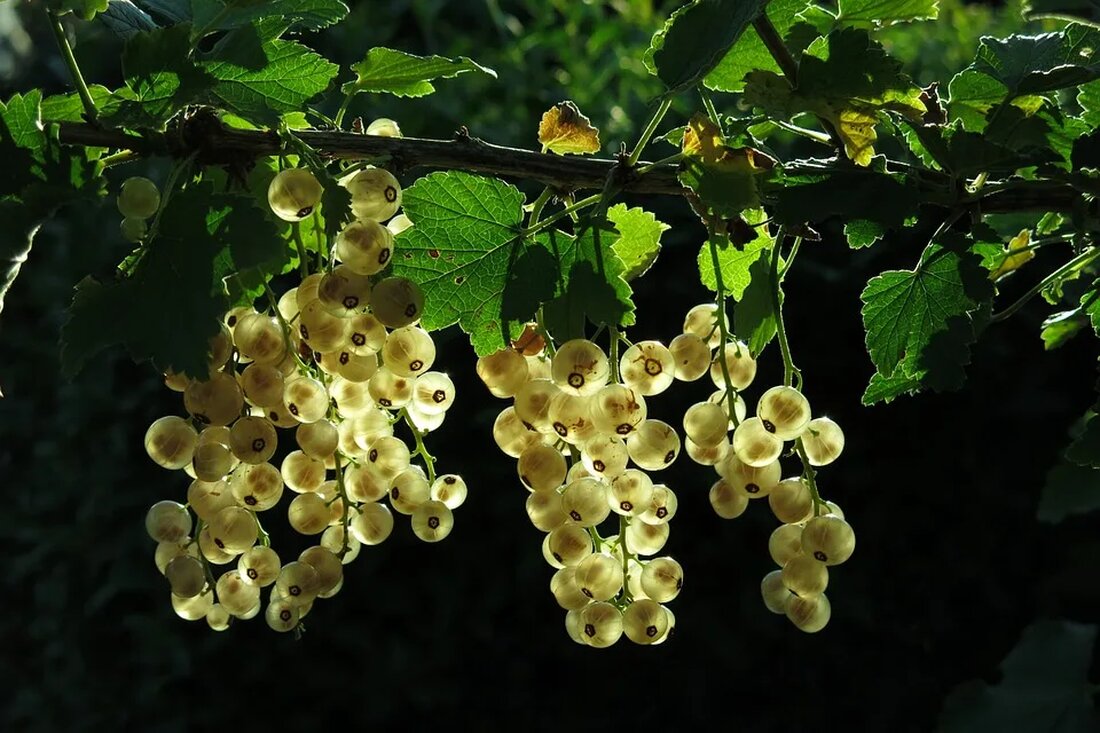Edible wild plants and their nutritional values
Edible wild plants and their nutritional values Wild plants are not only beautiful to look at, but many of them are also edible. Nowadays, when a healthy diet is becoming more and more important, edible wild plants are becoming increasingly important. Not only are they rich in nutrients, but they are also a sustainable and cost-effective way to get healthy food. In this article we will take a closer look at some edible wild plants and their nutritional values. Stinging nettle (Urtica dioica) The stinging nettle is one of the best-known wild plants and often has a bad reputation due to its unpleasant burning sensation. The leaves of the nettle are extremely healthy...

Edible wild plants and their nutritional values
Edible wild plants and their nutritional values
Wild plants are not only beautiful to look at, but many of them are also edible. Nowadays, when a healthy diet is becoming more and more important, edible wild plants are becoming increasingly important. Not only are they rich in nutrients, but they are also a sustainable and cost-effective way to get healthy food. In this article we will take a closer look at some edible wild plants and their nutritional values.
Stinging nettle (Urtica dioica)
The nettle is one of the best-known wild plants and often has a bad reputation due to its unpleasant burning sensation. The leaves of the nettle are extremely healthy and rich in nutrients. They contain a lot of iron, calcium, magnesium, vitamin A and vitamin C. Iron is important for the formation of red blood cells and the transport of oxygen in the body, calcium is important for healthy bones and teeth, magnesium plays an important role in muscle and nerve function, while vitamin A and vitamin C strengthen the immune system.
Nettles can be used in various dishes, for example in smoothies, soups or made into pasta. When the leaves are cooked, they lose their burning sensation and are easy to enjoy.
Dandelion (Taraxacum officinale)
The dandelion is another well-known wild plant that is often considered a weed. Both its leaves and flowers are edible and a wonderful source of nutrients. Dandelion leaves contain many important vitamins and minerals such as vitamin A, vitamin K, iron, calcium and potassium.
Dandelion leaves can be eaten raw or cooked and are perfect as an ingredient in salads or smoothies. Dandelion flowers can be made into syrup, jelly or even wine.
Greedweed (Aegopodium podagraria)
Goatweed, also known as goatwort, is a wild plant native to Europe that is often considered a weed. Giersch is extremely nutrient-rich and contains many important vitamins and minerals such as calcium, iron, vitamin C and vitamin A. Giersch can be used similarly to spinach and is ideal for green smoothies, soups or salads.
Chickweed (Stellaria media)
Chickweed is an inconspicuous wild plant, but is ideal for human consumption. It is rich in vitamin C, iron, magnesium and phosphorus. Chickweed can be eaten raw in salads or used cooked in soups and stews.
Daisy (Bellis perennis)
The daisy is a wild plant that is often considered a weed. Both its flowers and leaves are edible and can be used as an ingredient in salads or as a decoration for desserts. Daisies are rich in vitamin C, potassium and fiber.
Conclusion
Edible wild plants are a healthy and sustainable option for a balanced diet. They are rich in nutrients and can be used in a variety of ways in the kitchen. Stinging nettles, dandelions, groundweed, chickweed and daisies are just a few examples of edible wild plants that occur in our latitudes. If you are interested in these plants, I encourage you to learn even more about them and include them in your diet.
However, it is important to note that not all wild plants are edible and that some can be poisonous. It is therefore advisable to inform yourself thoroughly before consuming wild plants and, if necessary, to consult an expert.
You can find out more about natural and healthy nutrition in our guide magazine Your-Heilpraktiker.com

 Suche
Suche
 Mein Konto
Mein Konto
